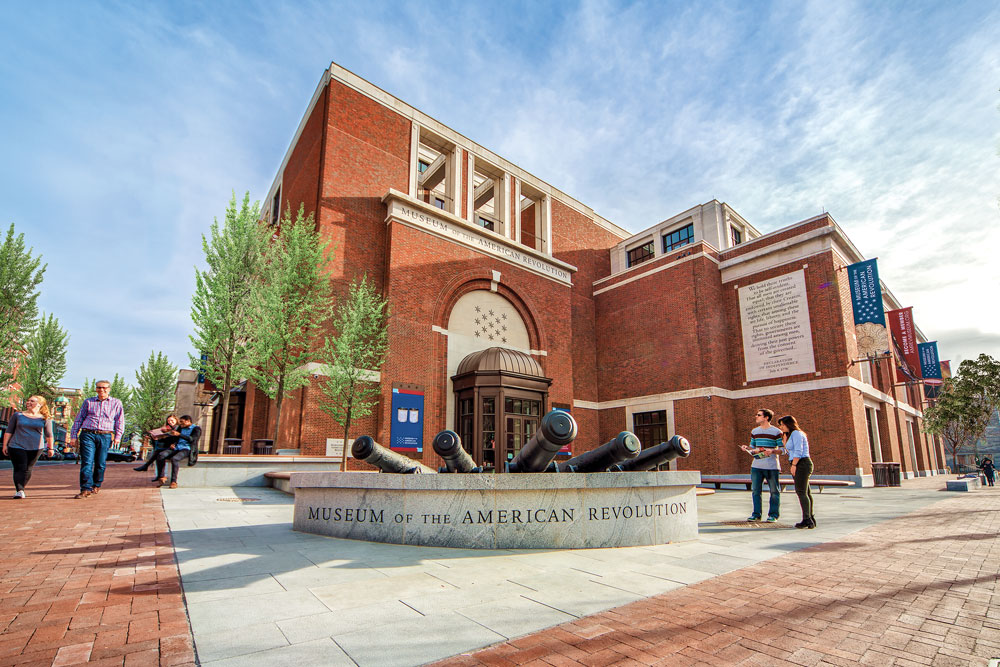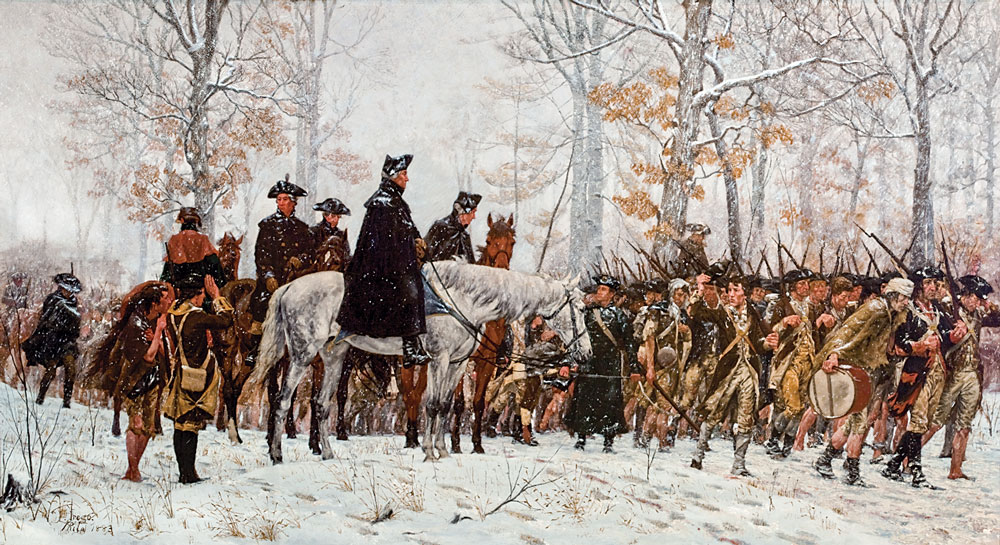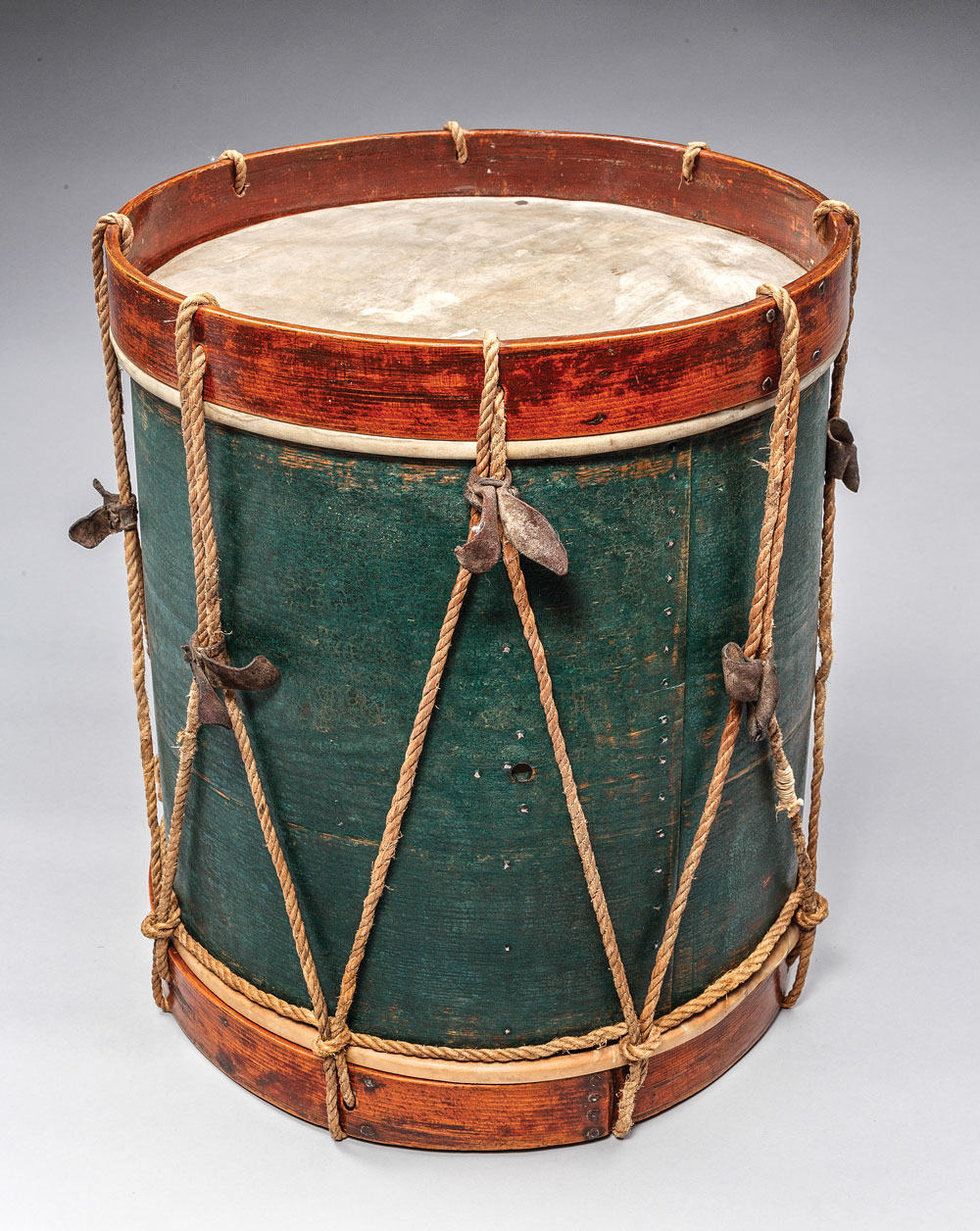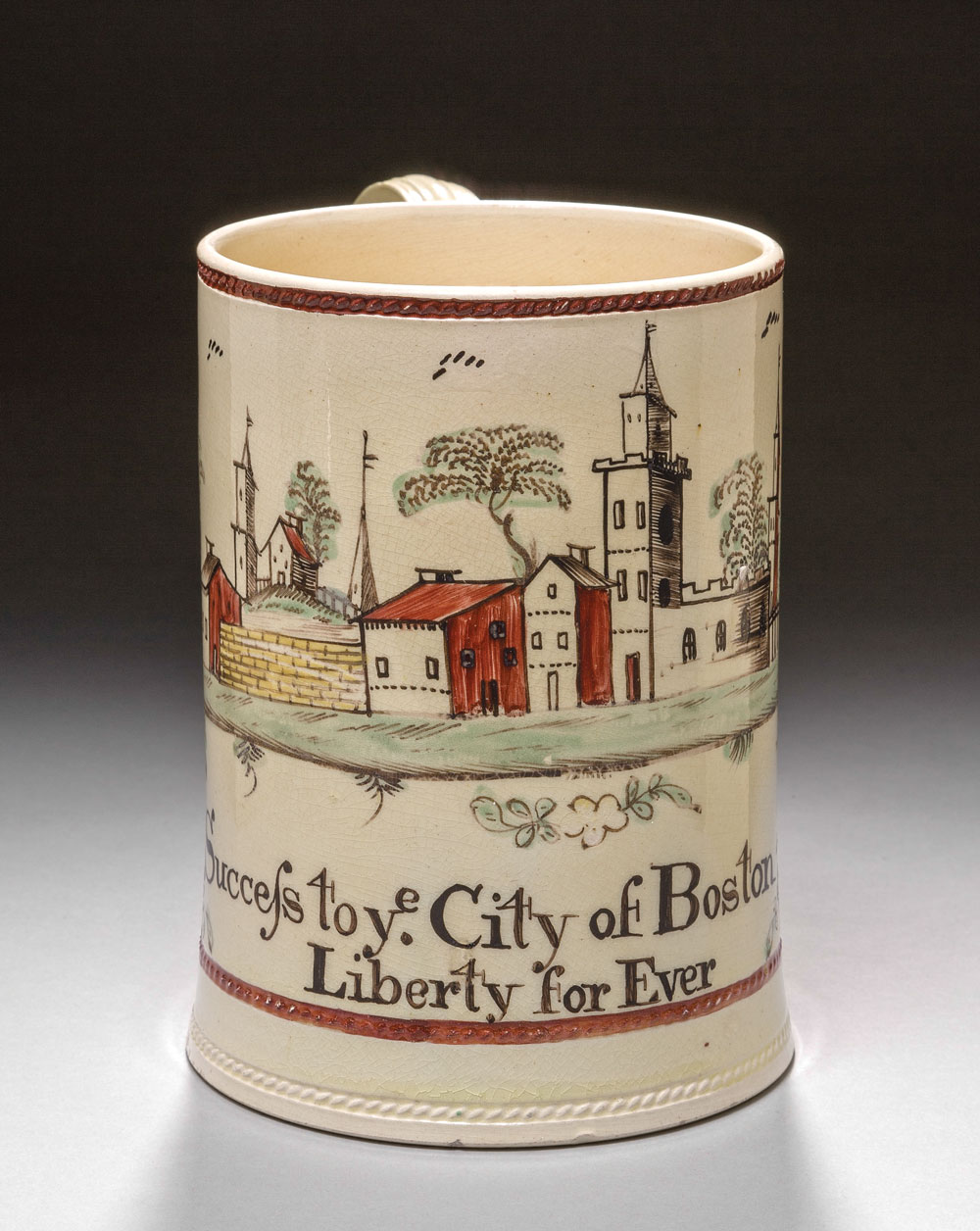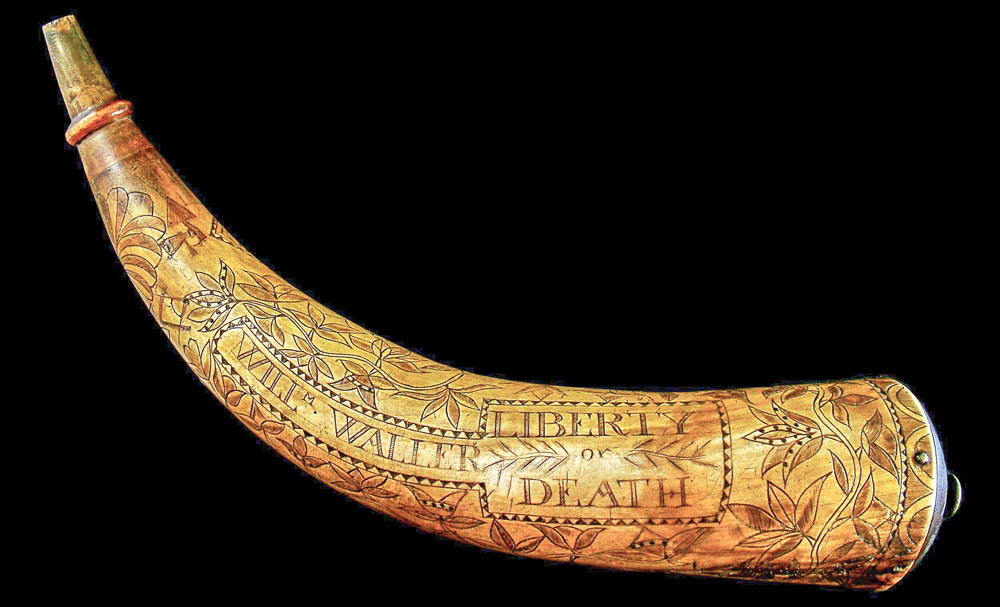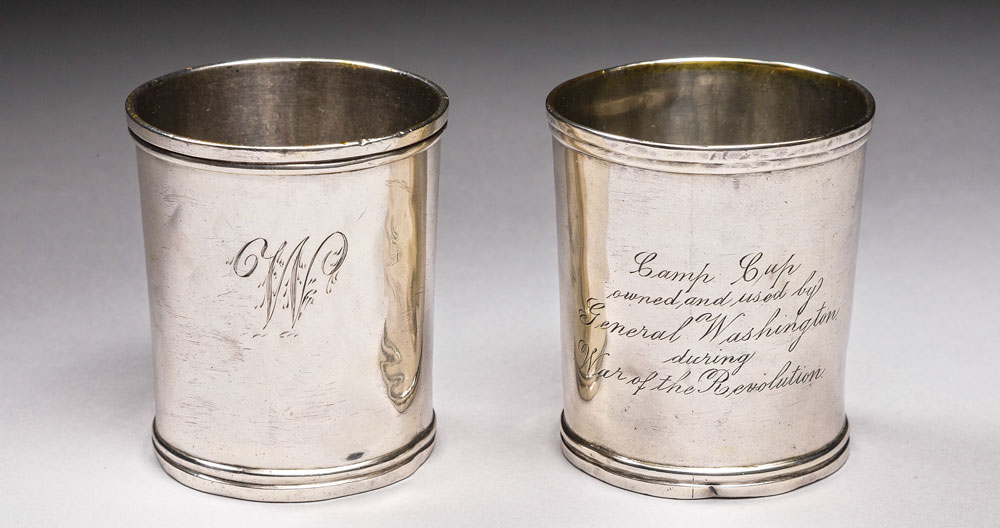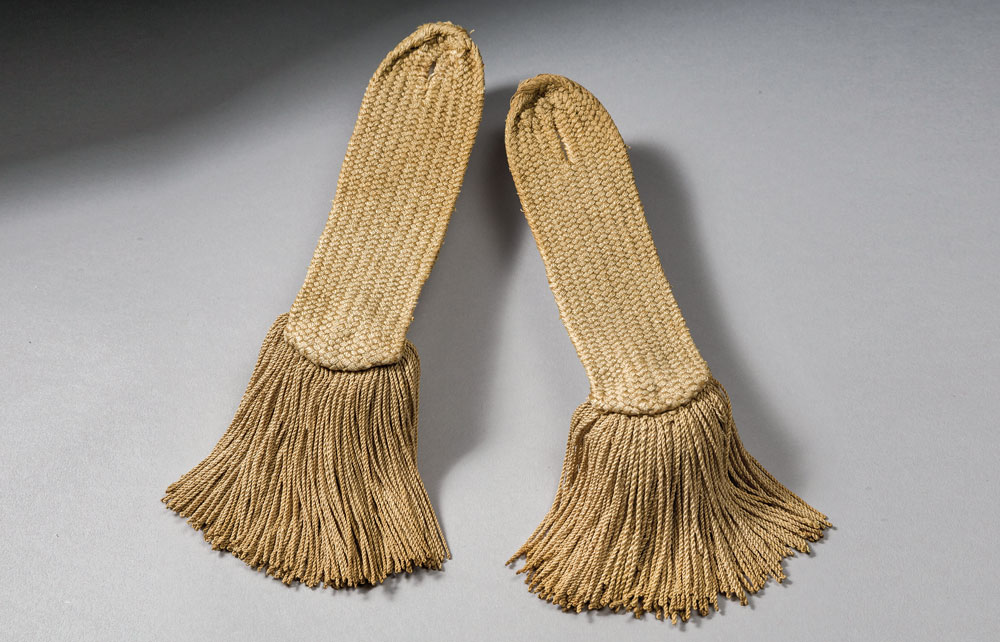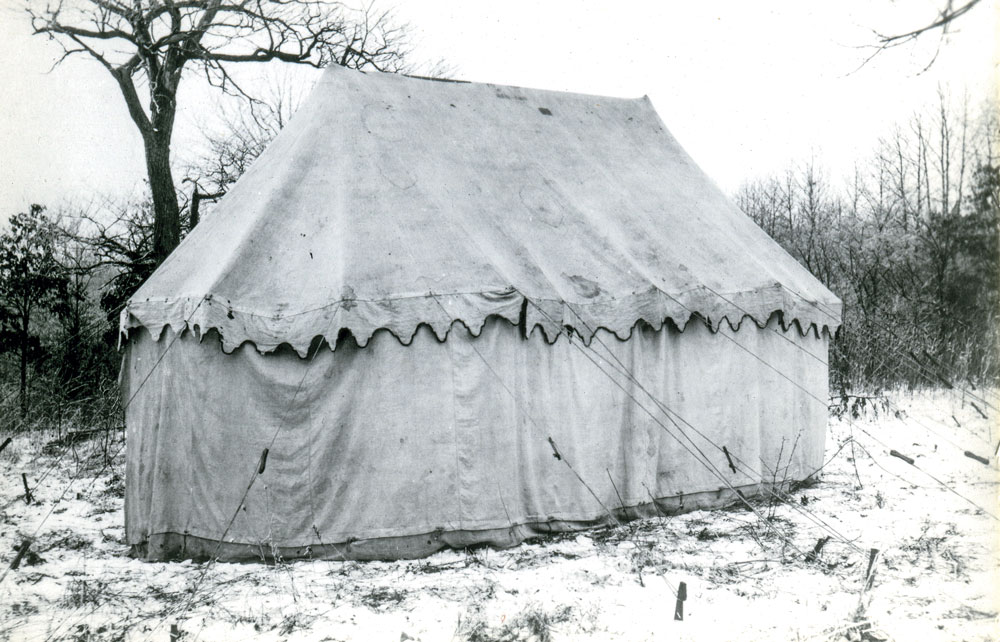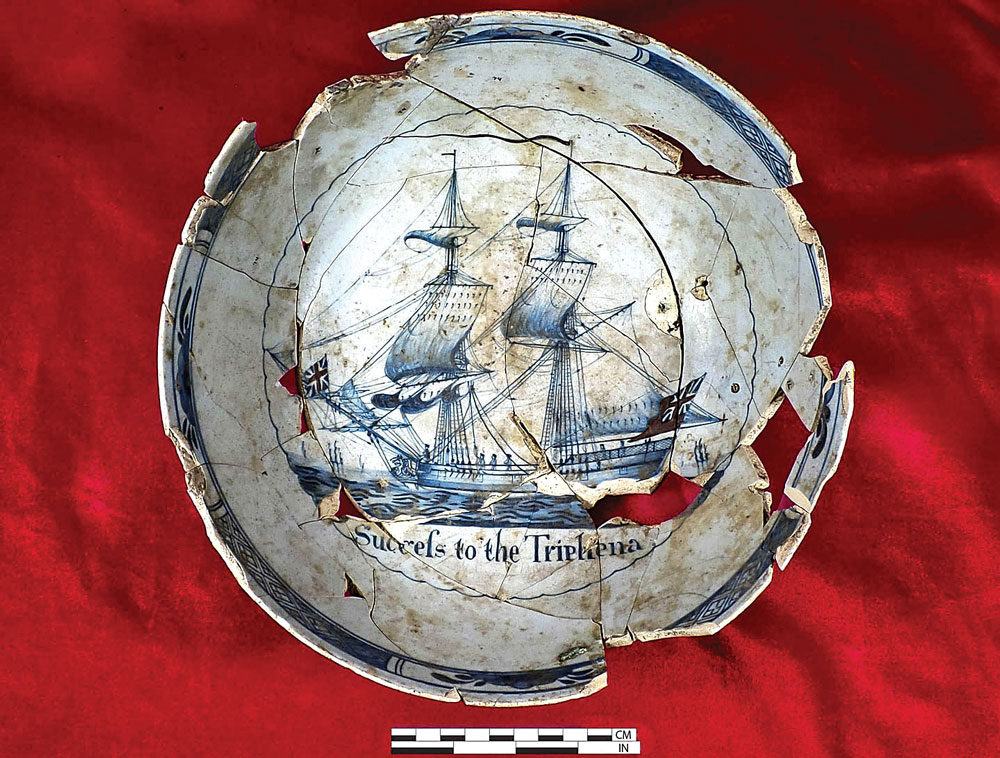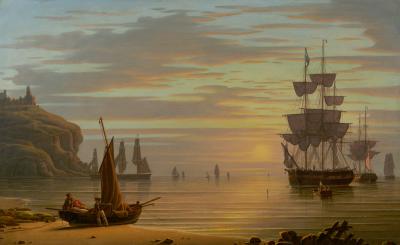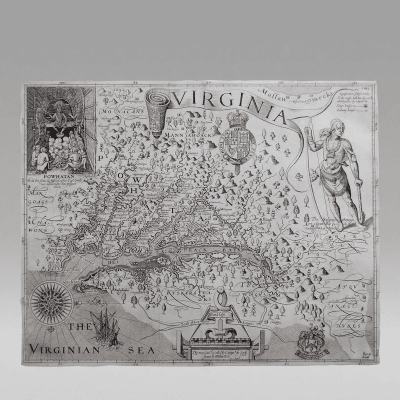Philadelphia’s Newest Gem: The Museum of the American Revolution
Philadelphia is recognized as a city replete with cultural institutions—the Philadelphia Museum of Art, the Philadelphia History Museum, and the Pennsylvania Academy of the Fine Arts among them. This year, a new museum joins the fold, expanding the city’s long tradition as an arts and culture mecca.
On April 19, 2017, the Museum of the American Revolution (Fig. 1) opened its doors to the public in the heart of historic Philadelphia, steps away from Independence Hall. That day marks the two hundred and forty-second anniversary of what Ralph Waldo Emerson called the “shot heard round the world”: the beginning of the Revolutionary War at the battles of Lexington and Concord. The Museum of the American Revolution commemorates that and other significant events and brings the founding of the United States of America to life.
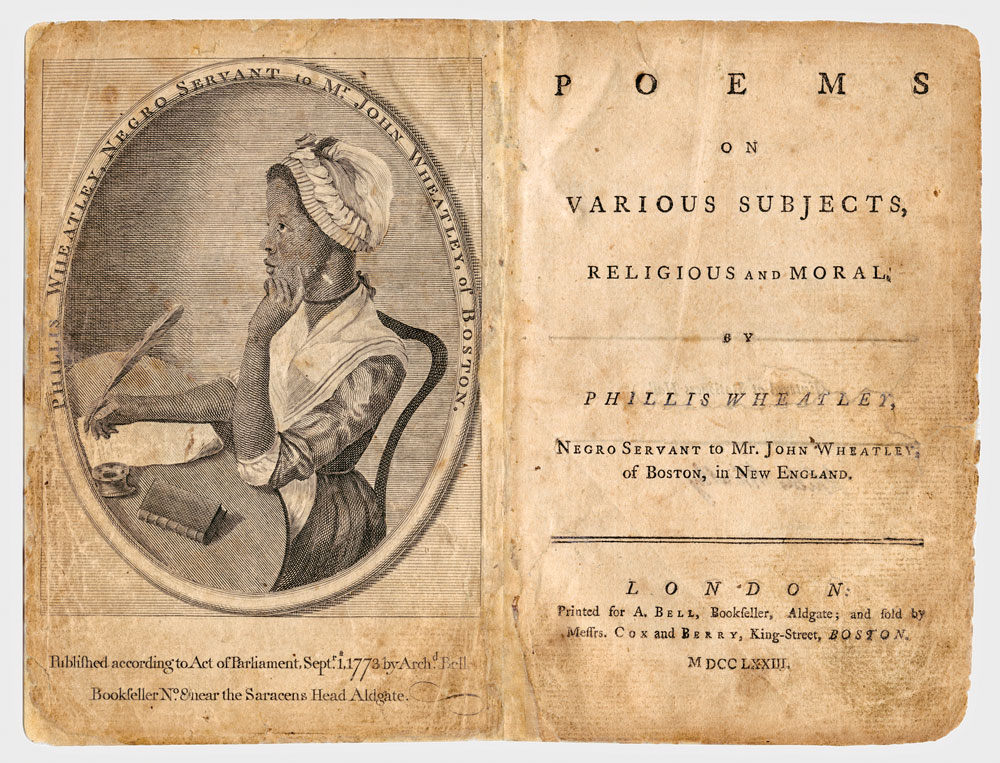
- Fig. 2:Poems on Various Subjects, Religious and Moral, pamphlet, Phillis Wheatley (1753–1784), 1773, London, England. Leather, paper, and linen. On loan to the Museum of the American Revolution from Dr. Marion T. Lane. The first published African-American poet, Wheatley’s poems were lauded in both Europe and the American colonies as evidence of the artistic and intellectual equality of people of African descent.
Visitors to the museum will quickly realize that there is more to the American Revolution than the war. Winning independence was only the “first act” of a larger experiment. The American Revolution is the on-going effort to fulfill the truths stated in the Declaration of Independence: that all people are “created equal” and are born with “inalienable rights.” The revolutionary words of 1776 serve as the guiding principles of the Museum of the American Revolution.
The museum’s main exhibit tells the story of the dramatic beginning of the American Revolution. Following a chronological path from the 1760s to the 1790s, visitors can explore the roots of the colonial conflict with Great Britain, the eight years of war, the creation of the Federal Constitution, and the lasting legacy of the Declaration of Independence.
Anecdotes are interwoven throughout the experience to personalize the era. For example, Phillis Wheatley’s poetry about liberty and slavery turned heads in the 1770s. Wheatley showed white colonists that enslaved African Americans like herself had souls and minds equal to anyone, and therefore deserved liberty. Visitors can see a rare first edition printing of Phillis Wheatley’s poetry, signed by Wheatley herself, in the museum’s main exhibit (Fig. 2).
Of the over four hundred historical objects on display, approximately half come from the museum’s own collection of three thousand artifacts. Highlights of the collection include William B. T. Trego’s iconic painting of the Continental Army’s arrival at Valley Forge (Fig. 3); a linen hunting shirt (one of only four known to survive from the Revolutionary era), a pewter communion flagon used by Reverend George Whitefield, the charismatic Anglican preacher of the first “Great Awakening”; and a drum made by Robert Crosman, famous for his decorative painting on the iconic “Taunton” chests of Massachusetts in the 1720s–1740s (Fig. 4). Also on display are a few of the first printings of the revolutionary state constitutions, some the earliest written republican constitutions in the history of the world. Those constitutions codified republican governments for the new states when the Continental Congress declared the independence of the United States of America.
Other objects on display are pieces loaned from fellow institutions and private collections. The museum’s partners include the Philadelphia History Museum, Historic Deerfield, the Concord Museum, Colonial Williamsburg, the Winterthur Museum, the Gilder Lehrman Institute of American History, and the New-York Historical Society. These institutions have helped bring together some of the most significant material culture from the era ever assembled for public view under one roof. Generous private collectors also provided rare items for exhibition, many for the first time.
Using the museum’s collection and loaned pieces, the main exhibit addresses the symbolism of material culture. As their political ambitions changed from calls for the restoration of “British Liberties” to independence (Fig. 5), Revolutionary Americans replaced images of King George III with George Washington, and the royal coat of arms with the “Chain of States.” Many American soldiers used objects to help define themselves. They wore their politics on their sleeves. Virginia rifleman William Waller carried a powder horn engraved “Liberty or Death” to display his commitment to the fight for American liberty in 1776 (Fig. 6).
Several of General Washington’s silver camp cups are on display (Fig. 7). Edmund Milne, a Philadelphia silversmith, made the set of twelve cups in 1777. Also on exhibit are the epaulettes worn by Sergeant James Davenport of the Continental Army (Fig. 8). Davenport served in General Lafayette’s Corps of Light Infantry at the 1781 Siege of Yorktown and lived to tell the tale. The epaulettes, which Lafayette himself may have given to Davenport, are two of the rarest surviving emblems of an American enlisted soldier from the Revolutionary War. They came into the collection in 2015 from a Davenport descendant.
The nucleus of the museum’s growing collection originated at Valley Forge. Inspired by the 1777–1778 winter encampment of the American Army, Reverend W. Herbert Burk founded the Valley Forge Museum of American History and the Washington Memorial Chapel in the early 1900s. Burk amassed a collection of objects to educate future generations of Americans. As his centerpiece, he purchased one of General Washington’s military tents in 1909 (Fig. 9). Washington used the marquee tent as his sleeping quarters and office space while he served as Commander in Chief of the Continental Army during the Revolutionary War. After the war, Martha Washington’s descendants inherited the tent, and it was relocated to Arlington House (part of present-day Arlington National Cemetery), built by George Washington Parke Custis to house the treasury of Washington relics he received. Robert E. Lee married Custis’ daughter and lived at the family’s mansion. When Union soldiers occupied the Confederate general’s home at the start of the Civil War, Selina Gray, an African-American woman enslaved to the Custis-Lee family, helped to protect the tent from relic-hunting troops. Seeking to raise money to support Confederate widows in Richmond, Virginia, Mary Custis Lee, Robert E. Lee’s oldest daughter, sold the tent to Reverend Burk. In 2003, Burk’s collection was transferred to the American Revolution Center, now the Museum of the American Revolution. The tent is on public display for the first time in decades.
The museum’s curatorial and education teams have worked hand-in-glove to write the exhibit narrative and object labels using visitor-friendly language to explain complex themes and stories. Touchscreen and tactile interactives are included throughout the main exhibit, but they do not overwhelm the experience. In one touchscreen interactive, visitors can explore real stories of five African-American men and women, four of them enslaved and one free man, who chose different routes to freedom in 1781 Virginia. The interactive draws from new scholarly research and uses newly commissioned illustrations, as well as cutting-edge technology, to dramatize their stories.
The museum will contribute to a greater understanding of Philadelphia’s long history and national significance. Archaeological discoveries made on the site of the museum foreshadow this contribution. One discovery during excavation was a tin glazed earthenware punch bowl, made in England (Fig. 10). The punch bowl is decorated with a ship and the words “Success to the Triphena.” The Triphena, a merchant ship, sailed between Liverpool, England, and Philadelphia in the 1760s. In November 1765, it carried a notice from Philadelphia merchants asking their British counterparts to support the repeal of the hated Stamp Act. The bowl summons up images of the people who drank in the taverns that once operated on the site of the museum, and of the discussions they had in the early days of the American Revolution. Finding the bowl was a remarkable discovery for the museum and for the history of Philadelphia.
The American Revolution does not have a single conclusion. Rather, it is an on-going experiment in self-government. The Museum of the American Revolution invites visitors to discover the diversity of the founding of the United States and the nation’s material inheritance.
Museum of the American Revolution
101 South Third Street, Philadelphia, PA 19106
Hours: Daily, 10 am–5 pm (Summer, 9:30 am–6 pm)
For membership, tickets, and information, visit www.amrevmuseum.org
Matthew Skic is assistant curator at the Museum of the American Revolution and a 2016 graduate of the Winterthur Program in American Material Culture.
This article was originally published in the Summer 2017 issue of Antiques & Fine Art magazine, a fully digitized version of which is available at afamag.com. AFA is affiliated with Incollect.















